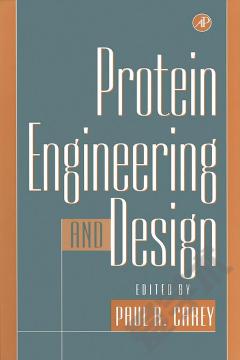Protein Engineering: Design, Selection and Applications
Protein engineering is the process of developing useful or valuable proteins. It is a young discipline, with much research currently taking place into the understanding of protein folding and protein recognition for protein design principles. There are two general strategies for protein engineering. The first is known as rational design, in which the scientist uses detailed knowledge of the structure and function of the protein to make desired changes. The second strategy is known as directed evolution and this is where random mutagenesis is applied to a protein, and a selection regime is used to pick out variants that have the desired qualities. This new book presents and reviews important data on protein engineering, such as application of engineered proteins and cell adhesive surfaces as scaffolds or other biomedical devices which has the potential to promote tissue repair and regeneration for a wide variety of tissues including bone and skin.
{{comment.content}}








 京公网安备 11010802027623号
京公网安备 11010802027623号